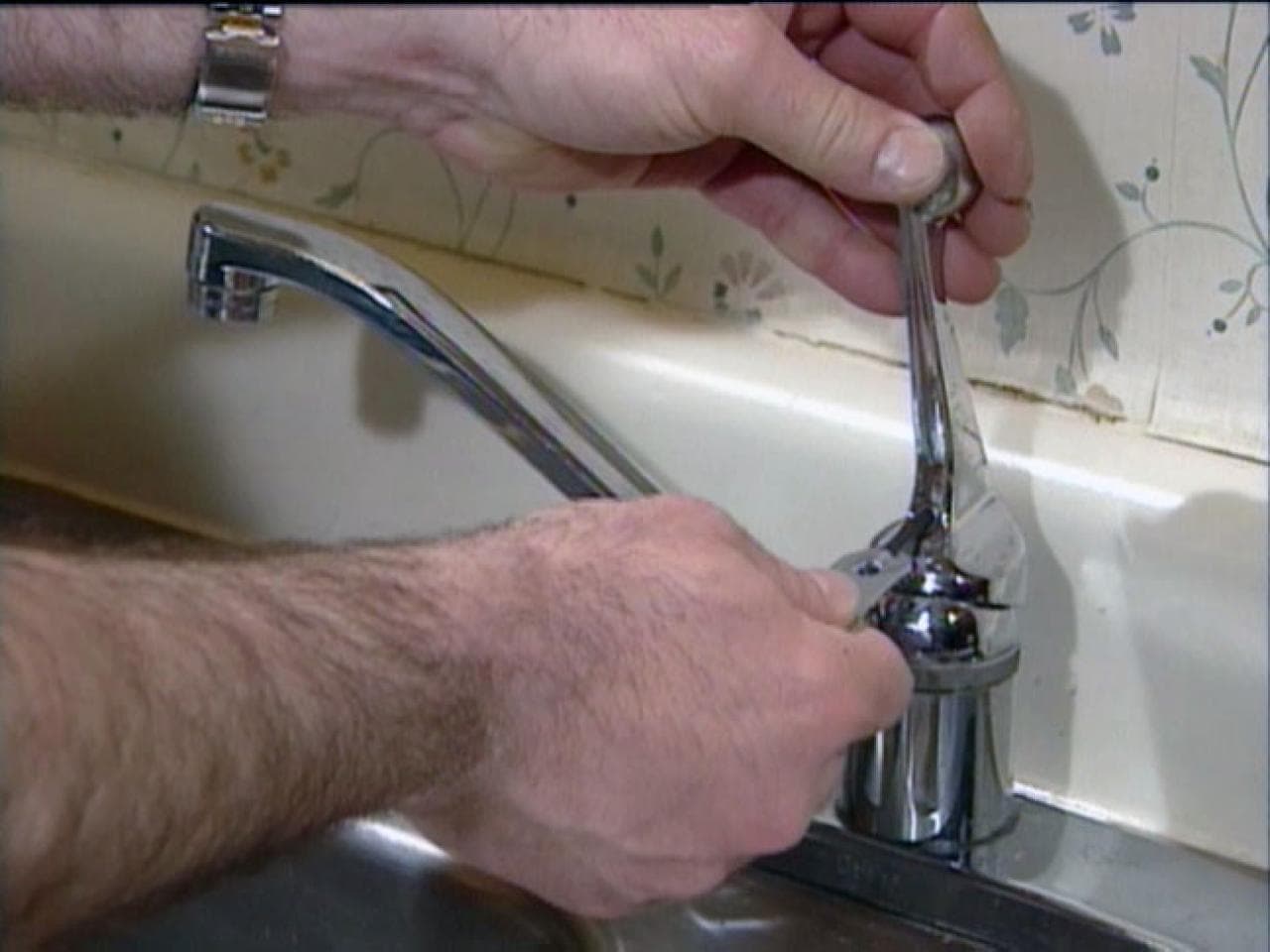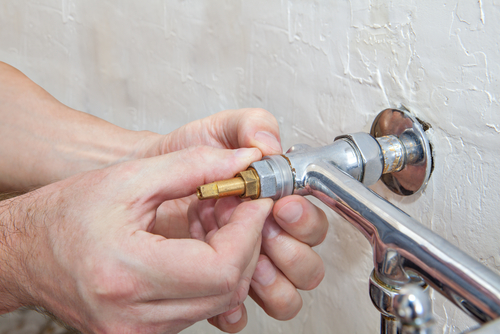Are you searching for suggestions concerning How to Fix a Dripping or Leaky Faucet ?

Trickling taps might seem like a small aggravation, yet their impact surpasses simply the inconvenience of the sound. From drainage to sustaining unneeded economic expenses and health threats, ignoring a leaking faucet can bring about different consequences. In this short article, we'll look into why it's essential to address this usual family problem promptly and properly.
Wastage of Water
Ecological Effect
Dripping taps contribute significantly to water waste. According to the Environmental Protection Agency (EPA), a solitary faucet trickling at one drip per second can throw away more than 3,000 gallons of water per year. This not only pressures water resources yet also influences ecological communities and wildlife depending on them.
Step-by-Step Guide to Taking Care Of a Dripping Tap
Tools Needed
Prior to attempting to repair a trickling tap, gather the required devices, consisting of an adjustable wrench, screwdrivers, replacement components (such as washers or cartridges), and plumber's tape.
Common Faucet Issues and Their Solutions
Determine the sort of tap and the details issue causing the drip. Common problems include worn-out washers, corroded valve seats, or damaged O-rings. Describe supplier guidelines or on-line tutorials for detailed advice on fixings.
Financial Prices
Raised Water Expenses
Beyond the environmental impact, trickling taps can pump up water bills substantially. The accumulated wastage over time converts right into higher energy costs, which could have been stayed clear of with timely repairs.
Possible Residential Property Damage
In addition, extended dripping can cause damage to components and surfaces bordering the faucet. Water buildup can cause discoloration, corrosion, and even architectural issues if left neglected, resulting in extra fixing costs.
Health and wellness Problems
Mold and Mildew Development
The continuous visibility of dampness from a dripping faucet produces an excellent environment for mold and mold growth. These fungi not just jeopardize indoor air quality but additionally position health dangers, particularly for individuals with breathing conditions or allergic reactions.
Waterborne Conditions
Stagnant water in dripping faucets can come to be a breeding ground for germs and various other microorganisms, boosting the risk of waterborne diseases. Contaminants such as Legionella microorganisms prosper in stagnant water, possibly bring about severe diseases when ingested or breathed in.
DIY vs. Professional Fixing
Benefits and drawbacks of DIY Fixing
While some may try to repair a dripping tap themselves, do it yourself repair services come with their very own collection of difficulties. Without correct understanding and devices, DIY attempts can aggravate the issue or bring about incomplete repair services, lengthening the problem.
Advantages of Hiring an Expert Plumber
Working with a professional plumber guarantees that the underlying root cause of the trickling tap is addressed efficiently. Plumbing technicians have the expertise and equipment to diagnose and repair faucet problems effectively, conserving time and minimizing the danger of more damages.
Ecological Obligation
Individual Contribution to Preservation
Taking responsibility for fixing leaking faucets lines up with broader efforts toward water preservation and environmental sustainability. Every person's actions collectively make a significant influence on protecting precious sources.
Lasting Living Practices
By prioritizing prompt repair services and taking on water-saving habits, people add to lasting living methods that benefit both existing and future generations.
Preventive Measures
Regular Upkeep Tips
To avoid leaking taps, do regular maintenance such as cleaning aerators, inspecting for leaks, and replacing damaged components promptly. In addition, take into consideration mounting water-saving devices or updating to much more effective components.
Importance of Prompt Repair Works
Attending to trickling faucets as soon as they're discovered protects against additional water wastage and potential damages, eventually saving both water and money over time.
Impact on Property Worth
Understanding of Well-Maintained Property
Maintaining a residential property in good condition, including addressing maintenance concerns like trickling taps, boosts its regarded worth and value amongst prospective customers or renters.
Impact on Resale Value
Features with well-kept plumbing components, including faucets, command greater resale worths in the real estate market. Attending to trickling faucets can contribute to a favorable impact throughout property assessments and arrangements.
Verdict
Addressing a dripping faucet exceeds simple comfort; it's a necessary action towards preserving water, reducing financial costs, and protecting health and residential or commercial property. Whether through DIY repairs or specialist help, acting to repair dripping taps is a little yet impactful way to advertise responsible stewardship of sources and contribute to a healthier, extra sustainable future.
How to Fix a Leaky Faucet: Step-by-Step Repair Guide
A leaky faucet may seem like a simple annoyance, but if it's not fixed promptly, that leak could cost hundreds to potentially thousands. From water damage to mold, mildew, and high water bills, even a tiny leak can be catastrophic if left unattended. Damage like this can even affect the overall value of your home, so it's important to take the right approach for leaky faucet repair. You may need the help of a plumber in some cases, but we've got a few tips you can try on how to fix a leaky faucet before calling the pros.
Four Faucet Types
When you're learning how to fix a leaky faucet, the first step is knowing what kind of faucet you're working with! There are four common types.
Cartridge Faucets
Cartridge faucets come in one- or two-handled varieties. In one-handled cartridge faucets, hot and cold water combines in a single cartridge. In the two-handled versions, hot and cold water are controlled separately and mixed in the faucet.
Ball Faucets
Ball faucets have a single lever you push up and down to adjust the pressure and rotate to change the temperature. A slotted metal ball controls the amount of water allowed into the spout.
Compression Washer Faucets
They're the oldest type of faucet, but they're still used in many homes — especially older ones. Compression faucets have two separate handles that, when turned, raise or lower the washer that seals a water valve. This valve stops water from flowing through the faucet when it is turned off.
Disc Faucets
Disc faucets rarely need to be repaired due to their maintenance-free design. The water flow is controlled by two discs — the upper one raises and lowers against a fixed lower disc, creating a watertight seal. If your disc faucet starts leaking, you may need to replace the seals or clean residue buildup from the inlets.
Fixing a Leaky Faucet
Step 1: Turn Off the Water
Whether you're learning how to fix a leaky bathtub faucet or how to fix a leaky kitchen faucet, always turn off the water supply to your working area when you're fixing a leak. The last thing you want is a flood added to your list of things to fix.
Look for the shutoff valves below your sink or around the tub and turn them clockwise to stop the water flow. If your faucet doesn't have shutoff valves, you may need to turn off the water for the whole house. Check to make sure it's off by turning the faucet on. If nothing comes out, you're ready to start the repair.
Step 2: Take Apart the Faucet
How you disassemble your faucet depends on the type of fixture you have. You can use a flathead screwdriver to remove the caps on top of the handle or handles for cartridge and compression faucets. Inside, you should see handle screws. Unscrew these with a screwdriver to remove the handle.
Disc- and ball-style faucets will typically have an inlet screw near the handle, and removing that will reveal the interior of the faucet.
Detach the Valve Stem
For cartridge- and compression-style faucets, you'll see the inner valve stem or cartridge once you remove the faucet handles. If you have a compression faucet, unscrew the brass valve stem. If you have a cartridge faucet, pull out the cartridge. If your cartridge has been in place for a while, it may require some tools or extra force to remove it due to mineral deposits.
Examine and Replace Parts
Once you've removed the parts, check them out to confirm what needs to be replaced. You may see corroded rubber washers, O-rings, stems, or cartridges. On a ball-style faucet, check the seats and springs for damage.
If you need to repair a leaky disc faucet, check the inlet and seals on the lower disc.
Once you determine what parts must be replaced, visit your local hardware store. Bring the damaged parts with you to ensure you can purchase the correct components to replace them.
Clean Valves and Faucet Cavity
If you've removed a stem or cartridge, you may notice mineral buildup in the faucet's threads. Use white vinegar to clean the valve seat by soaking it for a few minutes, then scrub it away with a soft toothbrush and rinse with warm water. You can also clean the interior of the faucet in the same way.
Reassemble the Faucet
Once your faucet is cleaned and the required parts have been replaced, it's time to reassemble it. Put the pieces back together and slowly turn the water supply back on. Doing this slowly is crucial because too much initial water pressure can damage the new hardware you've just installed.
https://homewarranty.firstam.com/blog/how-to-fix-leaky-faucet

I recently found that post on Water Dripping from Faucet: Why and How to Fix while surfing around the internet. For those who enjoyed our article kindly remember to share it. We value your readership.
Comments on “Which It's Vital to Mend a Malfunctioning Faucet”